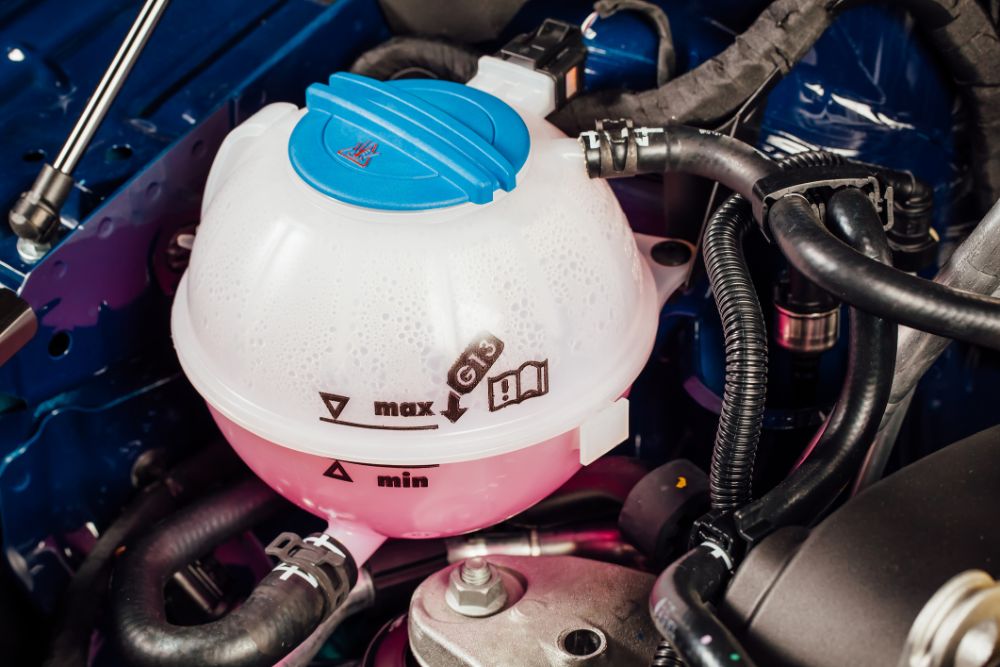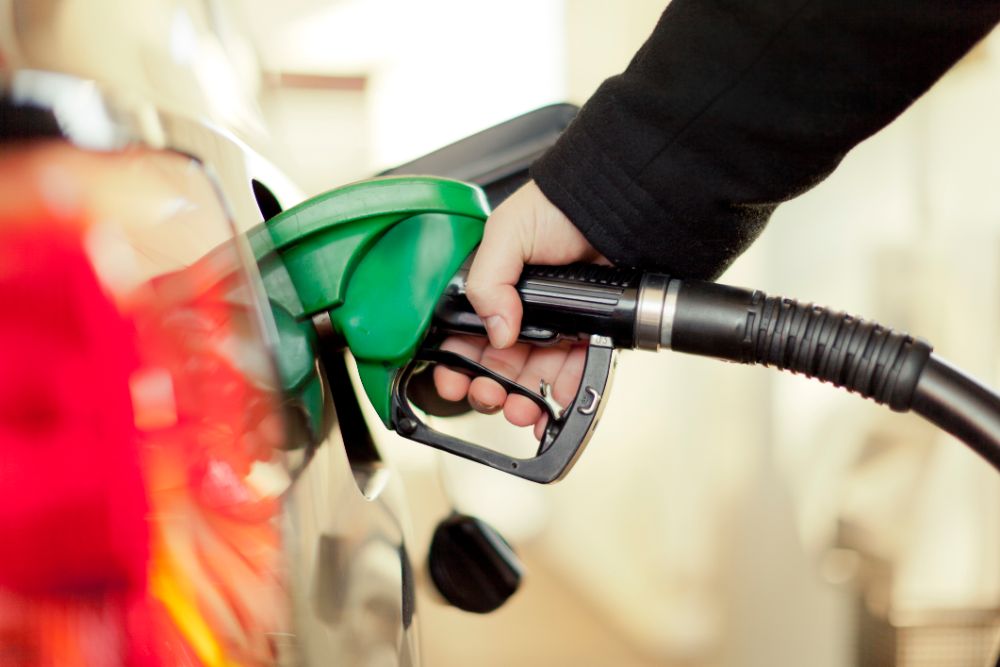If you’re planning to celebrate the end of lockdowns and Covid disruption with a long trek in the car, here are our top tips of how to prep the vehicle for the journey ahead.
1. Check the oil.
An obvious one, but the oil in your engine is essential to lubrication of moving parts within it and therefore its long-term wellbeing. You’re most likely to break down in a remote, distant place if your car’s oil is either old and deteriorating, or simply at a low level. Therefore, top it up with the relevant grade of oil for your engine – this will be in the owner’s handbook or sometimes even printed on a plaque in the engine bay of the car.
2. Check the tyres.
You should check your tyres have more than the minimum legal tread and are correctly inflated at the start of all journeys, never mind long-distance road trips, but this point counts double if you’re planning on covering hundreds of kilometres in the car without returning to your home for a few weeks.
3. Check the coolant.
Very much like point 1 – if your engine overheats because the coolant levels are too low, you could be stranded in a strange and foreign part of the country for no good reason. Engine coolant is not just a case of pouring some tap water into the radiator, either; you need a specific mixture of deionised water and antifreeze, so check what you require and ensure the coolant tank in the engine bay is topped up.

4. Check the bulbs.
All of the light bulbs on the vehicle should be working correctly; set off with a faulty bulb and you’re likely to annoy a lot of authorities. Replacement bulbs are mere cents, usually, and fitting them is the work of a moment for the most part.
5. Check the washer fluid.
You need to see out of the windscreen to know where you’re going, right? So, you need washer fluid. Top it up, again with a mix of special cleaning fluid (bought from most motor stores) and water (tap water is OK, here) so that you can clean the screen as you travel.
6. Pack it carefully.
A long journey probably necessitates a lot of stuff coming with you. Be sure not to overload the boot of any car with a lot of weight; if you do, it could alter the weight transfer of the vehicle and make your steering less effective. Try and spread the load.
7. Fill up with fuel the night before you leave.
A simple one, but it’s better for you as the primary driver on the road trip to get fuel the night before you depart, when the car is empty of stuff. You’ll need a full tank to go long distance and once the vehicle is fully loaded with all your gear and travelling companions, it will not be much fun for everyone in the car to wait on a forecourt while you needlessly fill up right at the start of the trip because the fuel light is blazing.

8. Put in emergency essentials.
Pack a First Aid kit, a shovel, some rope or towing cable, a warning triangle, a torch, a Hi-Viz vest and maybe a spare fuel can in the car, just in case the worst comes to the worst and you either break down, run out of petrol/diesel, or get stuck during inclement conditions. Even if your car is brand-new and unlikely to conk out on a long journey.
9. Make sure you’ve got food and drinks onboard.
A simple one but important: the longer you travel, the more chance you’ve got of getting caught in a traffic jam. You’ll want to keep from being hungry and dehydrated in such stressful circumstances, so a stash of onboard provisions is always a good idea.
10. Take a road atlas covering where you are going with you.
Archaic it may seem in the modern age, but we rely way too much on in-car navigation and the mapping of our smartphones. You only need to get into an area with poor mobile reception or have an issue with your car’s mapping, and you could end up hopelessly lost in an unfamiliar area. An old-fashioned, hard-copy back-up in the form of an atlas is not something you should shy away from. You’ll probably never need it, but it’s the belt-and-braces approach to navigating around in places you don’t know well.